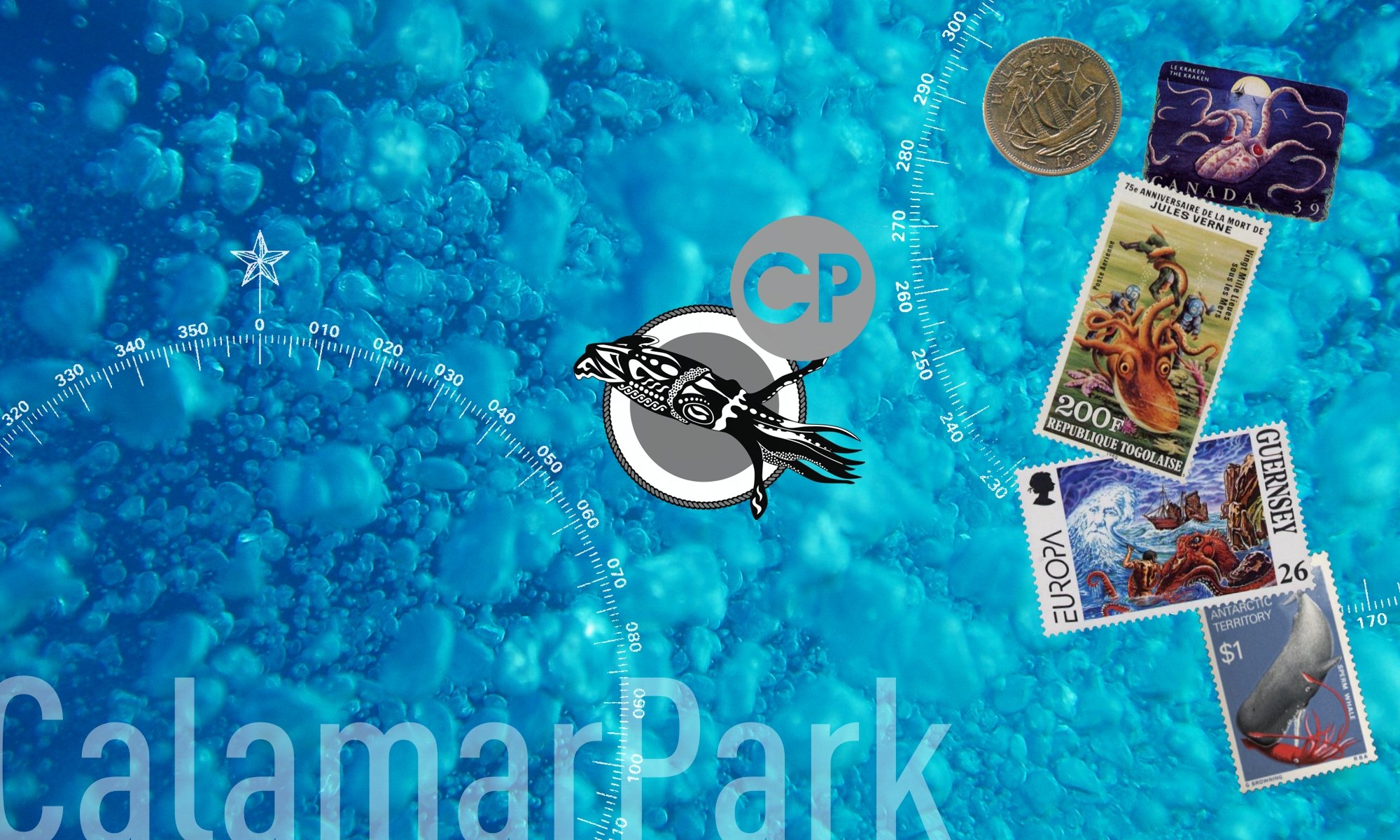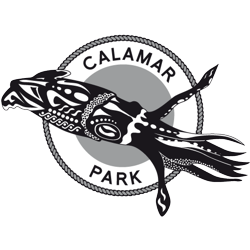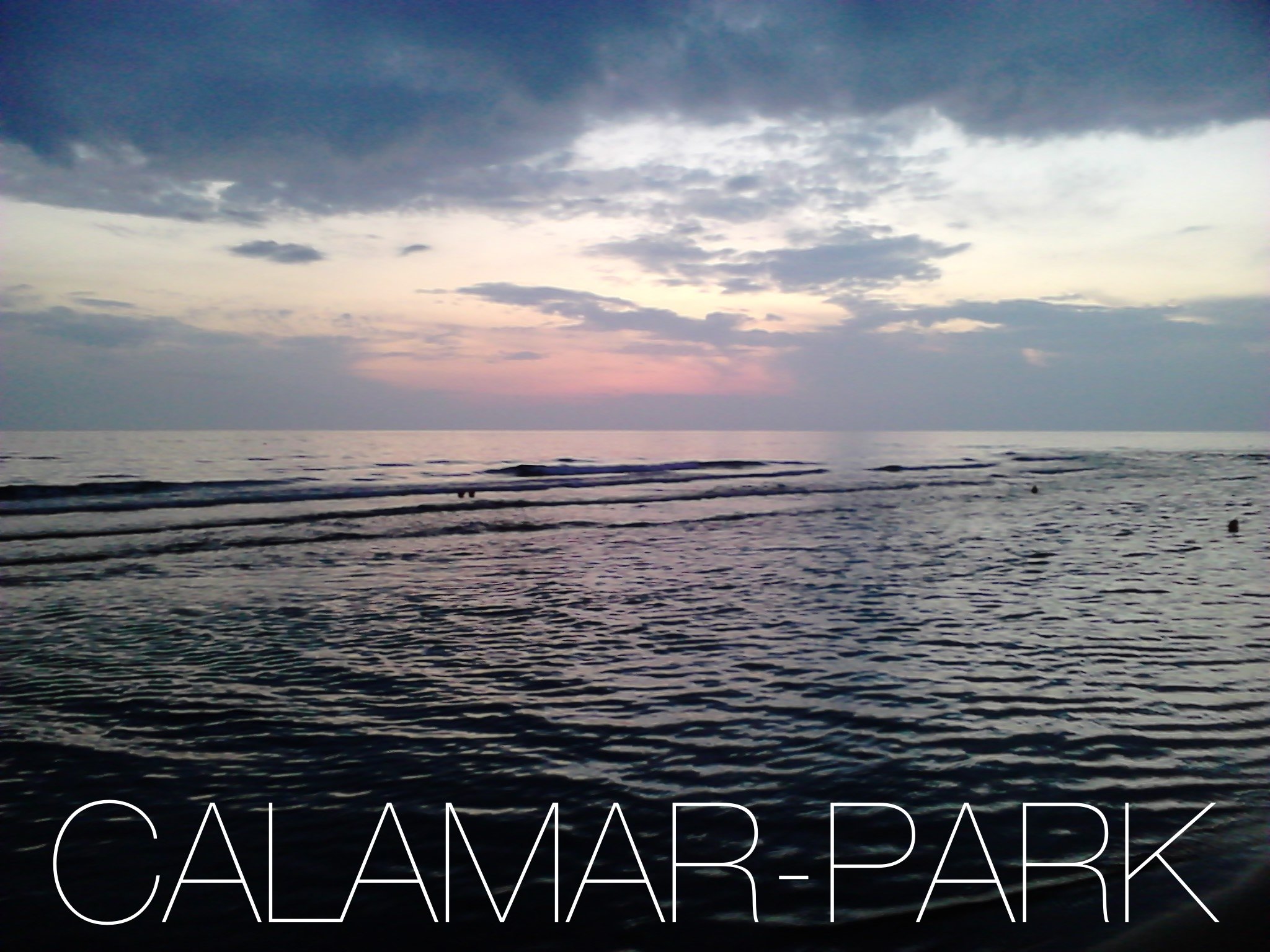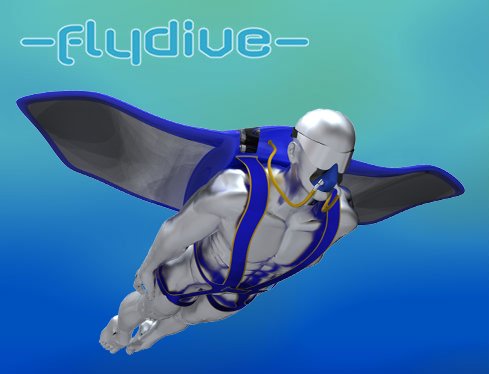 The FlyDive is a transportation system for divers and a brainchild of Christoph Schindler. The Propulsion for this device is generated by pressurized air moving a pair of flexible wings imitating the body of a ray. Continue reading “FlyDive by Schindler Design”
The FlyDive is a transportation system for divers and a brainchild of Christoph Schindler. The Propulsion for this device is generated by pressurized air moving a pair of flexible wings imitating the body of a ray. Continue reading “FlyDive by Schindler Design”
Underwater Station: Virtual Porthole
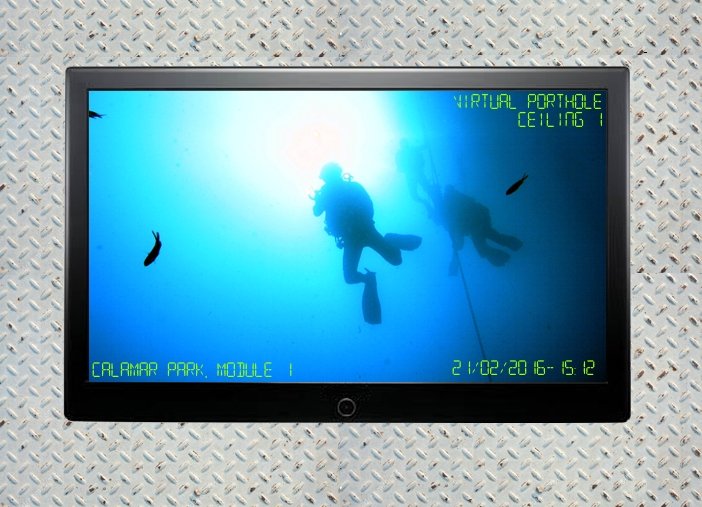 Here is an idea for a porthole where the structure of the underwater station does not allow to install one. For example on the ceiling, where penetrations of the shell should be strictly avoided in order to maintain the integrity of the emergency safety area in the upper part of the living area. The Virtual Porthole would consist of a camera on the exterior of the shell and a TV flat screen on same position inside the habitat. Continue reading “Underwater Station: Virtual Porthole”
Here is an idea for a porthole where the structure of the underwater station does not allow to install one. For example on the ceiling, where penetrations of the shell should be strictly avoided in order to maintain the integrity of the emergency safety area in the upper part of the living area. The Virtual Porthole would consist of a camera on the exterior of the shell and a TV flat screen on same position inside the habitat. Continue reading “Underwater Station: Virtual Porthole”
History of Underwater Habitats
 Check out Wikipedia for all information about the history of Underwater Habitats. We just finished the preparation for the same article on the German Wikipedia and will continue to add the results of our investigations there.
Check out Wikipedia for all information about the history of Underwater Habitats. We just finished the preparation for the same article on the German Wikipedia and will continue to add the results of our investigations there.
Image by Wikimedia Foundation
Geschichte der Unterwasserstationen
 Nachdem wir uns dazu entschieden haben, alle Studien über bisherige Unterwasserstationen in die deutschsprachige Wikipedia einzupflegen, ist nun der Artikel über Geschichte und Technik von Unterwasserstationen soweit abgeschlossen und dort online. In Zukunft werden noch weitere Infos hinzugefügt.
Nachdem wir uns dazu entschieden haben, alle Studien über bisherige Unterwasserstationen in die deutschsprachige Wikipedia einzupflegen, ist nun der Artikel über Geschichte und Technik von Unterwasserstationen soweit abgeschlossen und dort online. In Zukunft werden noch weitere Infos hinzugefügt.
What happened to the artificial gills?
 The Triton is a sort of artificial gill that would extract oxygen from the water for you in an on-demand fashion as you swim, obviating the need for bulky SCUBA gear. Is this really possible? Find the answer on Deep Sea News.
The Triton is a sort of artificial gill that would extract oxygen from the water for you in an on-demand fashion as you swim, obviating the need for bulky SCUBA gear. Is this really possible? Find the answer on Deep Sea News.
Tektite Habitat on Wikipedia
 The Tektite habitat was an underwater laboratory which was the home to divers during Tektite I and II programs. The Tektite program was the first scientists-in-the-sea program sponsored nationally. The habitat capsule was placed in Great Lameshur Bay, Saint John, U.S. Virgin Islands in 1969 and again in 1970. Get all information on Wikipedia.
The Tektite habitat was an underwater laboratory which was the home to divers during Tektite I and II programs. The Tektite program was the first scientists-in-the-sea program sponsored nationally. The habitat capsule was placed in Great Lameshur Bay, Saint John, U.S. Virgin Islands in 1969 and again in 1970. Get all information on Wikipedia.
Habitat ‘Tektite’ auf Wikipedia
 Ich hab’ alle auftreibbaren Informationen zum Habitat Tektite mit den MIssionen Tektite I (1969), Tektite II (1970) und Minitat auf Wikipedia zusammengetragen, wo sie hoffentlich bis in alle Ewigkeiten abrufbar bleiben. Hier geht’s zum Artikel.
Ich hab’ alle auftreibbaren Informationen zum Habitat Tektite mit den MIssionen Tektite I (1969), Tektite II (1970) und Minitat auf Wikipedia zusammengetragen, wo sie hoffentlich bis in alle Ewigkeiten abrufbar bleiben. Hier geht’s zum Artikel.
“Deep Art” Underwater Sculptures
 As an initiative of IWM (International Watersports Management) we opened the Underwater Sculpture Exhibition Deep Art on 9th September 2005 in the bay of Kiriş 12m below sea level. Ergün Marble Industries financed the transportation from Eastern Anatolia to Antalya. Continue reading ““Deep Art” Underwater Sculptures”
As an initiative of IWM (International Watersports Management) we opened the Underwater Sculpture Exhibition Deep Art on 9th September 2005 in the bay of Kiriş 12m below sea level. Ergün Marble Industries financed the transportation from Eastern Anatolia to Antalya. Continue reading ““Deep Art” Underwater Sculptures”
Kemer Underwater Guide
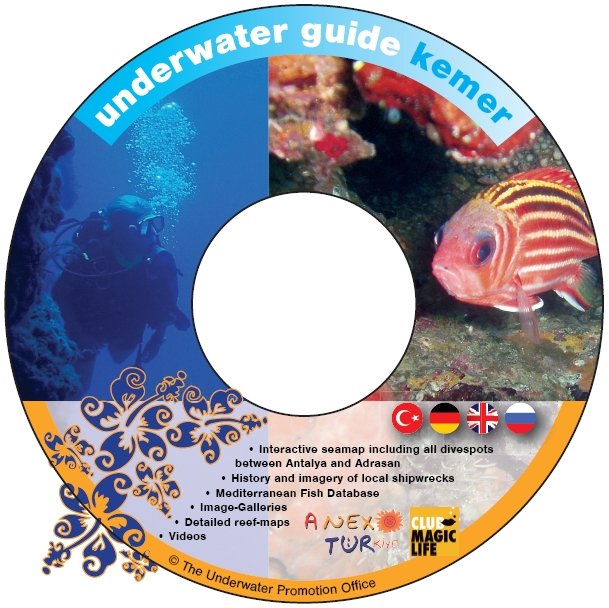 In 2007 we completed the interactive underwater guide for Kemer/Turkey including the regions Antalya City, Beldibi, Göynük, Kemer, Kiri?, Çamyuva, Tekirova (incl. the Environmental Park ‘3 Islands’) and Adrasan. The project was sponsored by ANEX Tour and Club Magic Life and used on various fairs as a promotion tool for the scuba diving tourism. By being programmed in HTML the guide was compatible with all computer systems. Continue reading “Kemer Underwater Guide”
In 2007 we completed the interactive underwater guide for Kemer/Turkey including the regions Antalya City, Beldibi, Göynük, Kemer, Kiri?, Çamyuva, Tekirova (incl. the Environmental Park ‘3 Islands’) and Adrasan. The project was sponsored by ANEX Tour and Club Magic Life and used on various fairs as a promotion tool for the scuba diving tourism. By being programmed in HTML the guide was compatible with all computer systems. Continue reading “Kemer Underwater Guide”
